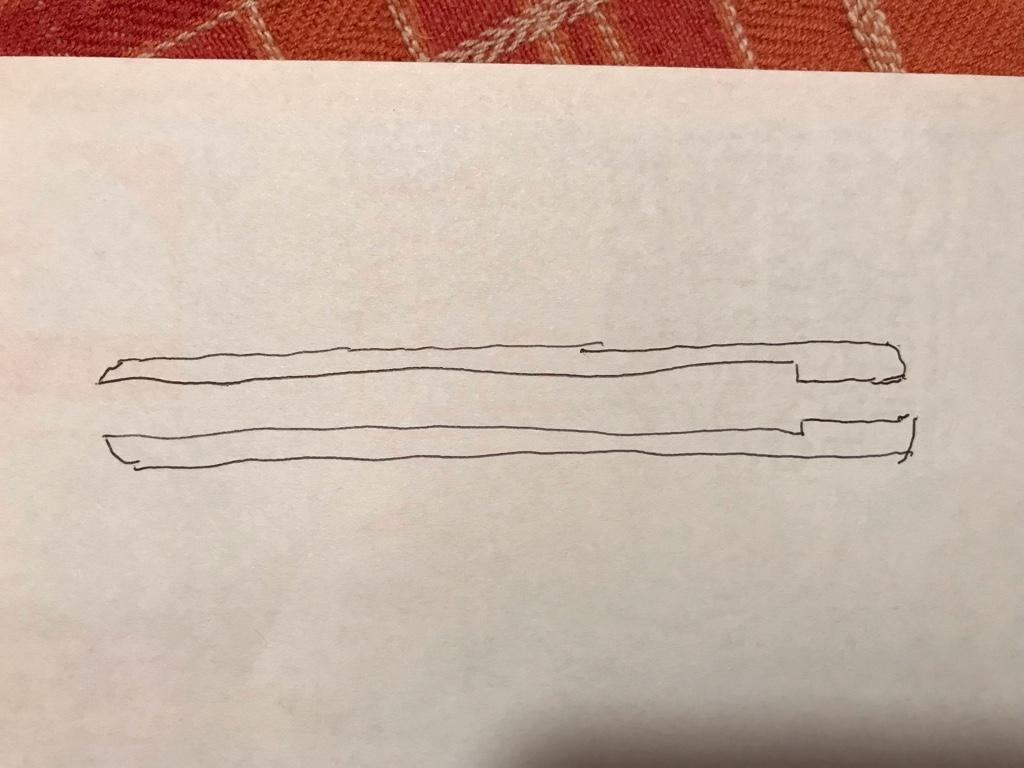I posed this question on the Restoration "channel" but no responses.
I got this Joseph Rodgers 7/8 inch near wedge on the Bay. Got to be 19th century. More rust than I would like, but I like the style and am ready for a challenge. The scales have heels instead of a proper wedge. My gut says to sand the heels down, and make a proper wedge.

The "original" scales with heels.

I got this Joseph Rodgers 7/8 inch near wedge on the Bay. Got to be 19th century. More rust than I would like, but I like the style and am ready for a challenge. The scales have heels instead of a proper wedge. My gut says to sand the heels down, and make a proper wedge.
- Were these types of scales common with 19th century Sheffields?
- Any advice/opinions about leaving the heels as is versus replacing the heels with a proper wedge?
The "original" scales with heels.

